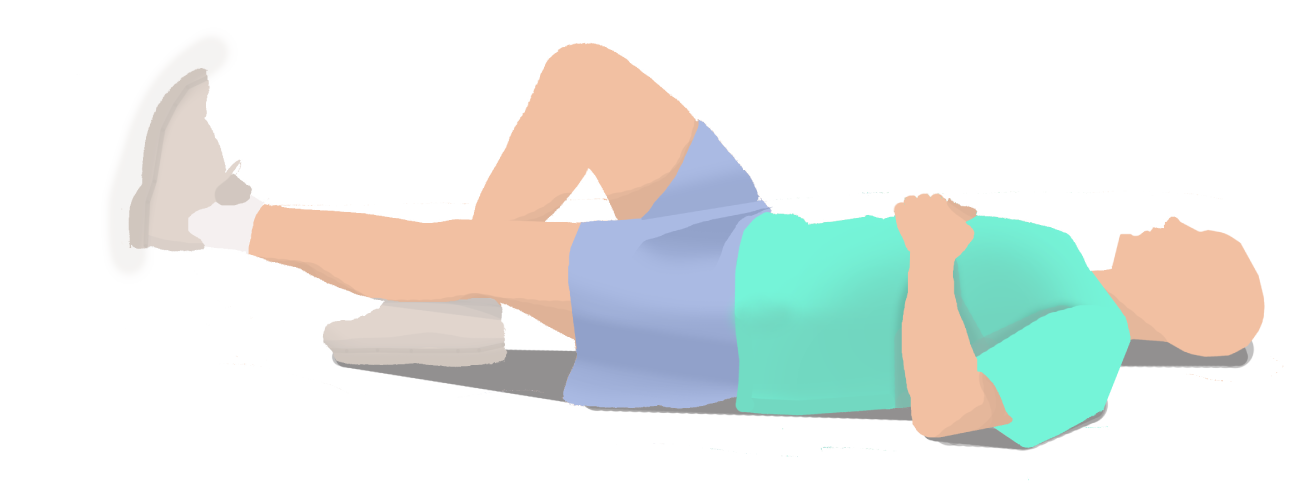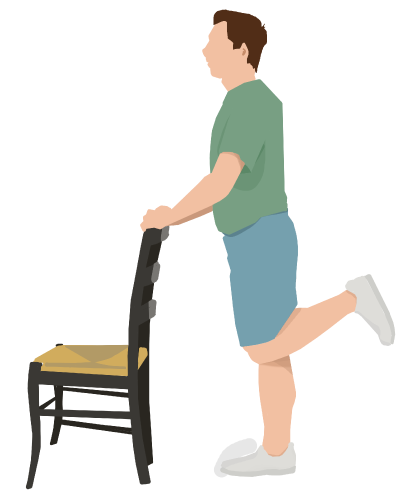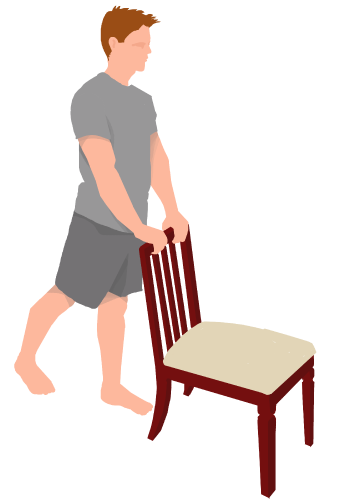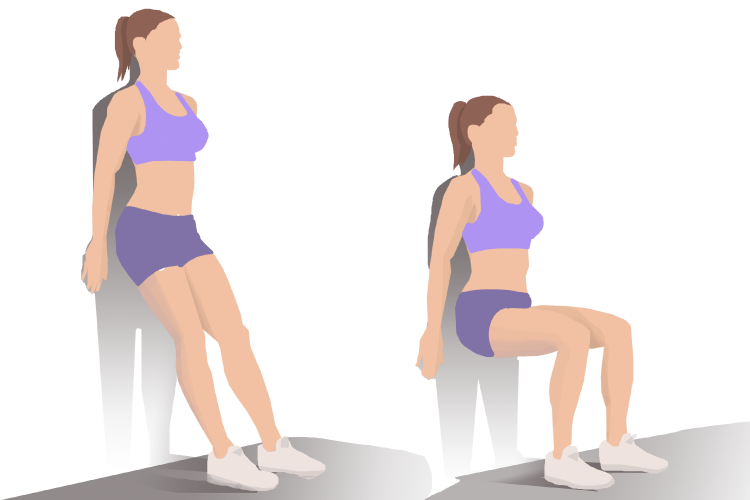5 exercises to keep your knees healthy
- Posted On:

If you’re experiencing knee pain, you might feel like sitting on the couch and resting will help the most. But getting moving and exercising helps your knees with support, stability, flexibility and shock absorption. When the muscles surrounding the knee are strong, your joints experience less stress. When you have strong legs, the muscles above the knee help to absorb shock.
Try these five simple exercises for healthier, pain-free knees.
- Straight-leg raises
 This simple movement will help to strengthen your quadriceps, the muscles on the front of your thigh. Over time, more quad strength equals more stability for your knee.
This simple movement will help to strengthen your quadriceps, the muscles on the front of your thigh. Over time, more quad strength equals more stability for your knee.
Lie on your back on a flat surface. Bend your right knee, with your right foot firmly planted on the floor. Keep your left leg straight and slowly raise it to the same height and angle as the bent right knee. Repeat 10-15 times, or as many as you comfortably can, for three sets on each leg.
- Prone straight-leg raises
This exercise is good to practice right after your straight-leg raises. Prone leg raises help to strengthen the back of the legs, or hamstrings. These muscles will also help your knee feel more supported.
Lie on your stomach with both legs straight. Tighten the muscles in your glutes and the hamstring of one leg, and lift that leg toward the ceiling. Hold for three breaths and then lower leg. Repeat for 10-15 repetitions (alternating legs), or as many as you comfortably can, for three sets.
You shouldn’t feel any pain in your back during this exercise. If your back hurts, limit how high you are lifting your leg. If you still feel pain, talk to your doctor before continuing.
- Hamstring curls
You will need a stable chair to help you balance for this exercise. Stand facing the back of the chair. With a firm hold on the back of the chair, plant your  weight to your right foot. Lift your left foot and slowly bend your right knee. Stop when your knee is at a 90-degree angle. Hold for three to five seconds. Lower the leg. Repeat for 10-15 times on both sides.
weight to your right foot. Lift your left foot and slowly bend your right knee. Stop when your knee is at a 90-degree angle. Hold for three to five seconds. Lower the leg. Repeat for 10-15 times on both sides.
During this exercise, try to keep your knees close together to focus on strengthening your hamstring. To prevent injury, avoid locking the knee of your standing leg.
- Knee stabilizers
Still holding onto the chair for balance, slightly lift your right leg. Ground your weight into your left leg. Think about engaging your thigh muscles to move the lifted leg forward and hold for three breaths. Then move the leg backward and hold for three breaths.
Return to start with both feet on the floor. Turn your body 90 degrees so that your left hand is holding the back of the chair for stability. Plant your weight into your left foot. Lift your right leg slightly by engaging your thigh muscles. Move your right leg to the left, toward the chair. Hold for three breaths. Then move your right leg toward the right, away from the chair. Hold for three breaths. Continue turning in 90-degree angles until you have completed all sides and both legs.

- Wall sits
Stand with your upper back, shoulders and torso against a wall. Step about two feet away from the wall, checking that your feet are hip-width apart. Make sure your torso is still connected with the wall behind you. As you exhale, slowly bend the knees and slide down the wall until you are almost in a seated position. Hold for five to 10 breaths. Slowly push back up. Repeat for five rounds or as many as you can.
Research has shown that building strength in your knee joints is a crucial part of reducing pain and preventing surgery.
Ready to get started?
- Check in with your doctor or physical therapist about a new exercise plan. As a general rule, build strength slowly. If you can only do these exercises for five minutes starting out, that’s fine! As you get stronger, you’ll be able to add more repetitions.
- Make sure to stretch for five to 10 minutes after your workout to prevent injuries. This will help you improve flexibility and reduce that tight feeling that causes soreness.
- Listen to your body. Any time you’re strengthening your muscles, some discomfort is expected. But you should not feel sharp or severe pain. If any exercise causes serious pain, stop doing that exercise. Ask your doctor or physical therapist which movements to avoid and which ones to focus on.
